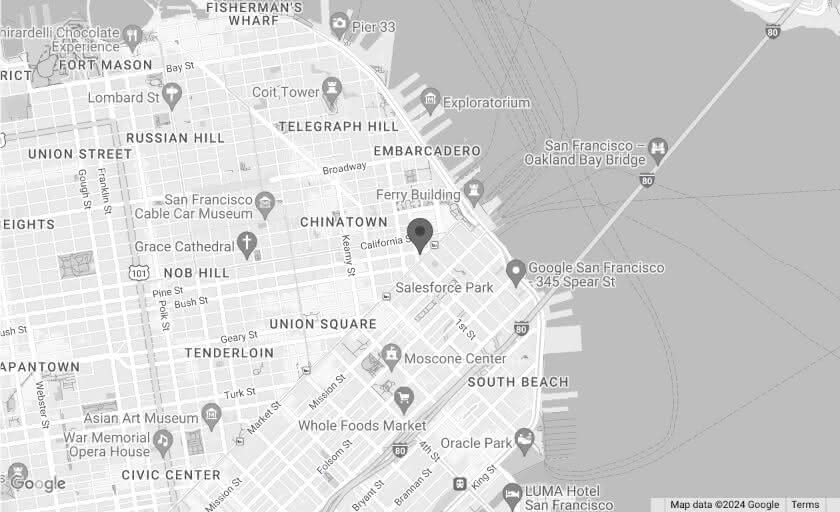A few years ago, lab made diamonds made their mark on the diamond industry and shed light on different aspects of the naturally occuring diamond world.
From blood diamonds, or diamonds mined in a war zone and sold to finance an insurgency, to environmental concerns around carbon footprint with mining diamonds and biodiversity, consumers quickly wanted information around the integrity of the naturally occurring diamond they were purchasing and rightfully so.
So what is the natural diamond industry doing to be on the right side of history, especially with many online retailers positioning lab made diamonds as an “ethical choice,” versus natural diamonds? To start, diamond mining is generally less harmful to the environment than other types of mining. Additionally, the orebodies used in mining are vertical not horizontal, ultimately affecting less of the surrounding area. Many companies have established protected habitats adjacent to their operations, often times larger than the mining operation itself.
Over the last few years, the natural diamond industry has set out on its journey to decarbonize in line with global climate targets. As part of their carbon reduction strategies, NDC members are developing renewable energy projects, often in developing countries where it is harder to source energy, as well as engaging in carbon offsetting projects and investing in programs to sequester carbon. (Source)
As much as 99% of the waste from diamond recovery is rock and 84% of the water used in diamond recovery is recycled. The natural diamond industry abides by global environmental standards and stringent national laws. Before a single diamond is recovered, environmental permissions must be granted by governments with a legal obligation for ongoing monitoring, reporting and closure plans.
There are many contributing factors to the difference in carbon emissions recorded by the industry. These include mainly the availability of clean energy at mine locations, the production or yield capacity of a mine and exactly which stages of mining are included in methodologies.
Leaders like De Beers Group have set a goal of becoming carbon neutral across their operations by 2030 and are making progress. This process is broken down into three categories called scopes, each with a different level of goals. The first category titles Scope 1 & 2 includes improving operational efficiency, increasing the use of sustainable fuels, and switching to sustainable drive trains (the components of a motor vehicle that deliver power to the wheels), for vehicles and machinery.
Electrification of mining processes as well as the adoption of hydrogen fuel cells and battery electric vehicles are promising developments for the diamond industry.
Industry leaders have taken strategic steps to develop fuel cell electric vehicle (FCEV) haulage trucks, and the world’s first fully electric mine at Borden in Canada. Additionally, in Canada, industry leaders are designing a mine which incorporates low-carbon energy and uses only renewable sources and exploring the use of synthetic fuels and biofuels. Switching to more sustainable biofuels for trains has the potential to decrease carbon emissions by over 70% according to McKinsey.
For the emissions that the company cannot mitigate or replace with alternative energy sources, they are engaging in offsetting projects like the Wonderbag initiative, which reinvests carbon offset financing back into communities and is verified by numerous carbon standards and protocols.
As far as humanity is concerned, the isolated nature of prominent diamond mines means the workforce lives close by and develops a community spirit, which the diamond industry supports by investing in hospitals, schools, training and bursary programs.
For example, 33% of Botswana’s GDP comes from diamond mining, and an estimated five million people globally have access to health care thanks to diamond revenues, according to diamondfacts.org.
Today’s mining is not done by hand but is quite automated with miners moving millions of tons of rocks per year. Miners operating large earth loaders in open pits or underground would never even see a diamond. (Read more on this topic)
At La Bijouterie, we never work with conflict diamonds. We strictly work with ethically sourced GIA certified diamonds, and you will receive a GIA certificate and appraisal with your jewel. We want you to know that we’ve worked in the diamond wholesale business for generations and only work with trusted and ethical sources that take pride in where their diamonds are sourced.
Although we love naturally occurring diamonds and pride ourselves on the sourcing of them, we also work a lot with Lab Made diamonds. We feel both play an important role in the diamond industry and do not see one as better than the other. We’re simply here to help educate you, and demystify the sales of naturally occurring diamonds, marketing aside. Consider us your partner in transparency so that you are able to make the best purchasing decision.
If you’re not sure where to begin on your quest for a diamond or lab made diamond, come talk to us in our no pressure environment. You can book an appointment today or read our client reviews on Yelp.
We’re always at your service,
Set F.
Founder of La Bijouterie






